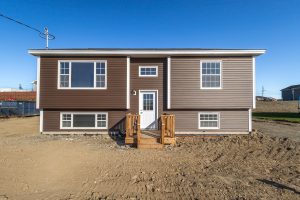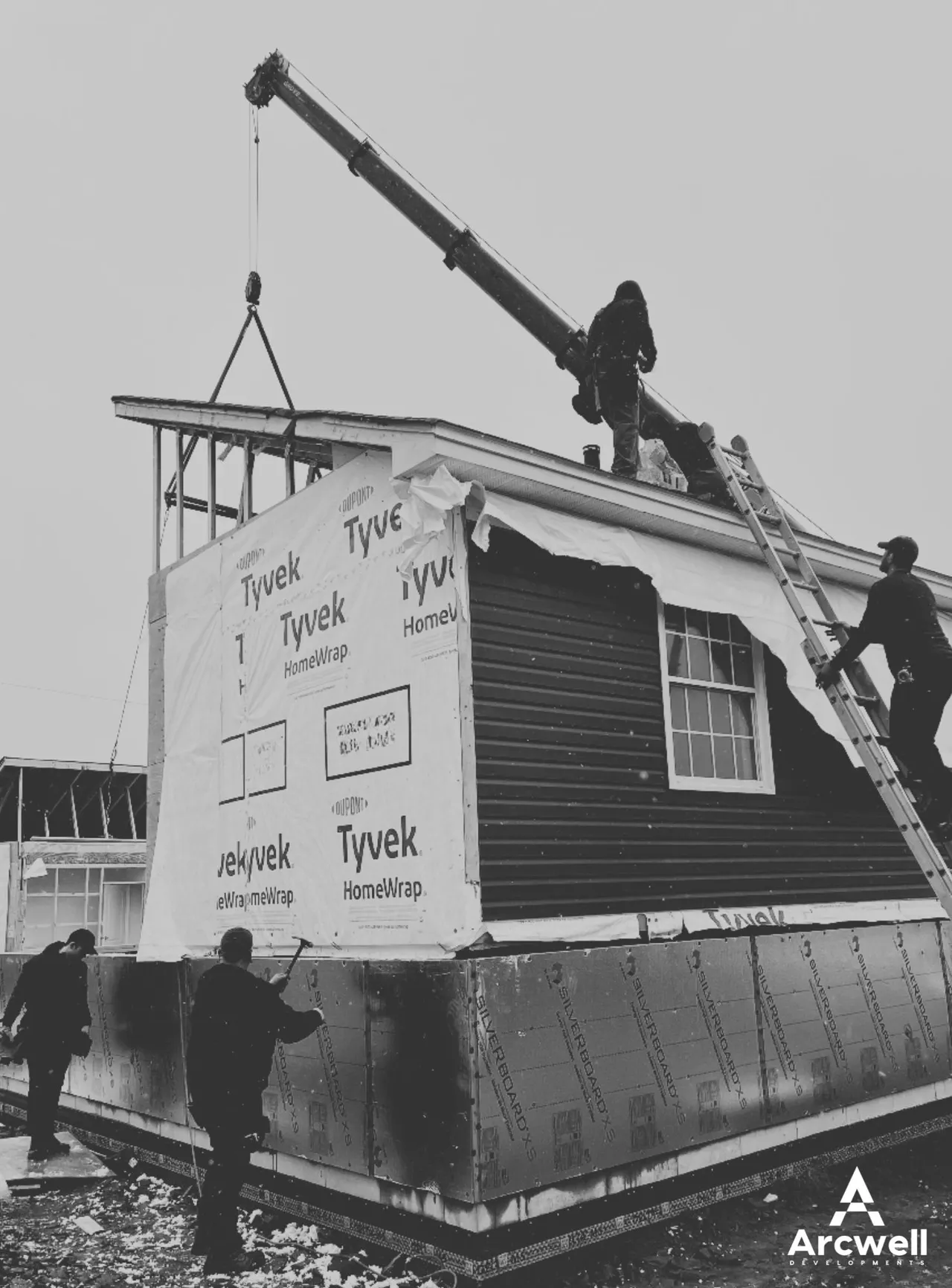The national housing shortage has become a pressing issue, with demand far outpacing supply in many regions. As traditional construction methods struggle to keep up, modular construction has emerged as a viable solution. Offering speed, affordability, customization, and innovation, modular homes are rapidly gaining traction as a key component in solving the housing crisis.
Speed of Construction: Accelerating Housing Development
One of the most significant advantages of modular construction is its ability to drastically reduce the time needed to build homes. Traditional construction projects can take several months, if not years, to complete due to weather delays, labor shortages, and logistical challenges. In contrast, modular homes are built in a controlled factory environment, where construction is not subject to the same delays. Once the modules are complete, they are transported to the site and assembled in a matter of days or weeks. This speed of construction allows developers to respond quickly to housing demands, making it possible to address shortages more efficiently.
Affordability and Cost-Effectiveness: Making Housing Accessible
Affordability is a critical issue in the housing market, particularly in urban areas where prices have skyrocketed. Modular construction offers a cost-effective solution by reducing both material waste and labor costs. Because the construction process is highly controlled and standardized, there is less waste compared to traditional methods. Additionally, the reduction in on-site labor and construction time translates to significant savings, which can be passed on to homebuyers. As a result, modular homes offer a more affordable option for those looking to enter the housing market, helping to alleviate the financial burden on potential homeowners.
Customization and Design Flexibility: Meeting Diverse Needs
Contrary to the misconception that modular homes are cookie-cutter designs, these homes offer a high degree of customization. Builders can create unique designs tailored to the specific needs and preferences of homeowners, while still benefiting from the efficiencies of modular construction. From modern urban lofts to traditional suburban homes, the design possibilities are vast. This flexibility allows modular homes to cater to a diverse range of buyers, ensuring that everyone from first-time homeowners to downsizing retirees can find a home that suits their needs.
Addressing Labor Shortages: Reducing Dependency on On-Site Labor
The construction industry has been grappling with a significant labor shortage, which has only exacerbated the housing crisis. Modular construction offers a solution by reducing the need for on-site labor. Since much of the work is completed in a factory setting, fewer workers are required on the construction site itself. This not only speeds up the building process but also makes it less vulnerable to labor market fluctuations. By reducing dependency on on-site labor, modular construction helps stabilize housing development and ensures that projects can move forward even in the face of workforce challenges.
Innovations in Materials and Technology: Driving the Modular Revolution
The growth of modular construction has been fueled by innovations in materials and technology. Advances in automation, robotics, and sustainable materials have made it possible to produce high-quality modular homes more efficiently than ever before. For instance, the use of lightweight, durable materials allows for easier transportation and assembly of modules. Additionally, the integration of smart home technology into modular designs is becoming increasingly common, offering homeowners enhanced energy efficiency, security, and convenience. These innovations are not only improving the quality of modular homes but also driving down costs, making them more accessible to a wider audience.
Impact on Community Building: Creating Cohesive Neighborhoods
Modular construction is not just about building individual homes; it also has the potential to create cohesive communities. By enabling the rapid development of housing clusters, modular construction can help create well-planned neighborhoods with integrated social infrastructure. Developers can design entire communities with amenities such as parks, schools, and healthcare facilities, all within a short timeframe. This holistic approach to community building ensures that new developments are not just housing units but vibrant, livable spaces that meet the needs of residents.
Bringing it “Home”
Modular construction is poised to play a crucial role in addressing the national housing shortage. Its speed, affordability, customization, and innovative approach make it a compelling alternative to traditional construction methods. By reducing dependency on on-site labor and enabling the rapid development of cohesive communities, modular homes offer a practical solution to one of the most pressing challenges of our time. As the industry continues to evolve, modular construction will likely become an increasingly important part of the housing landscape.


